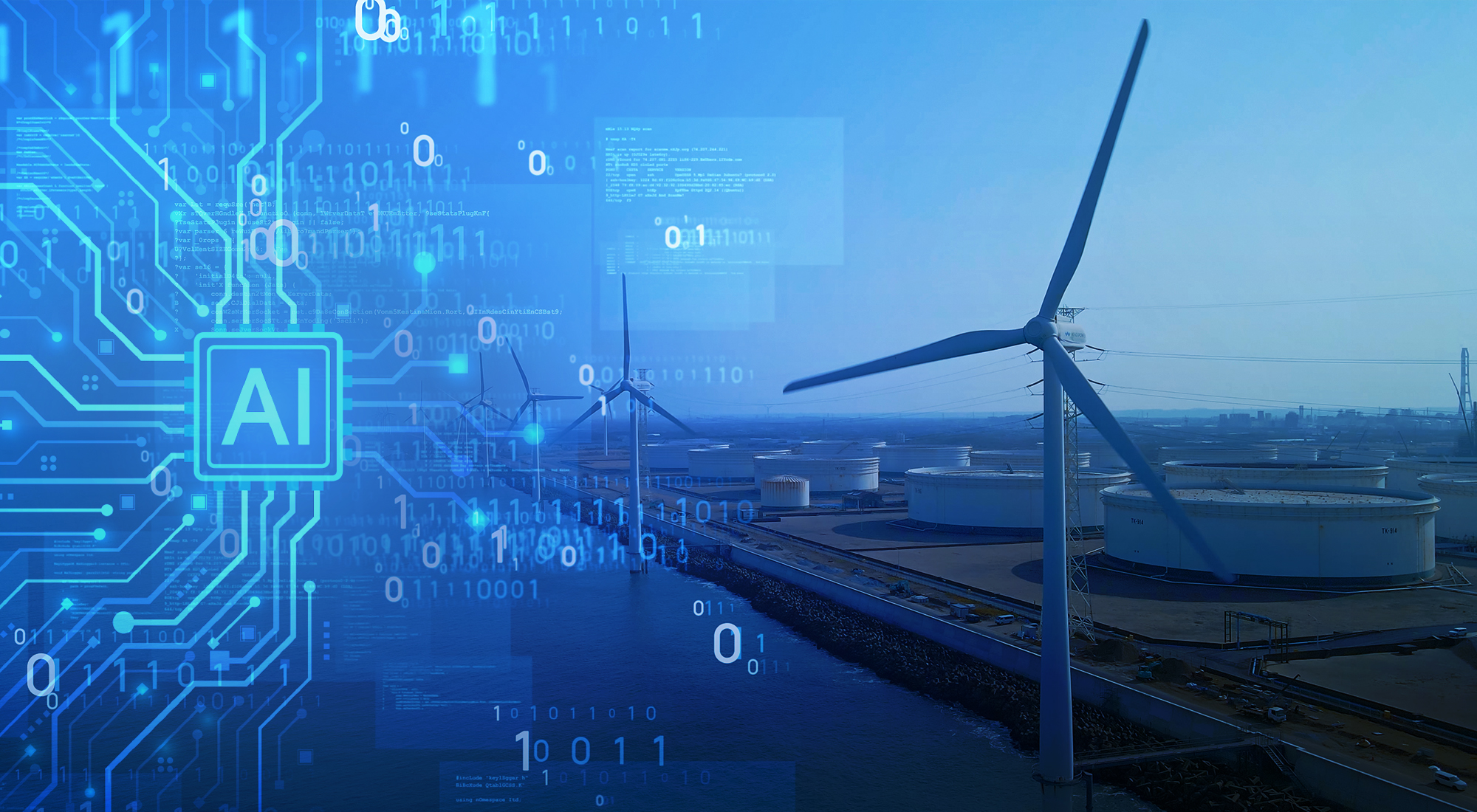AI-Driven Power Demand Puts Pressure on Grid Infrastructure and Stability

The rapid proliferation of artificial intelligence (AI) technologies is driving an unprecedented surge in electricity consumption, raising concerns among grid operators, utility providers, and policymakers about the long-term stability of power systems. As AI workloads scale across sectors—from cloud computing and autonomous systems to generative models and machine learning—data centers are emerging as one of the fastest-growing sources of electricity demand worldwide.
According to recent assessments by energy regulators and independent grid operators, AI-related data infrastructure is straining the limits of existing power grids, particularly in regions already operating near capacity.
AI’s Energy Footprint: A New Industrial Load
The rise of large-scale AI models requires enormous computational resources, with hyperscale data centers now consuming as much electricity as small cities. Training a single advanced AI model can demand megawatt-hours of power, while the inference processes—running models in real-time—add persistent demand loads across global networks.
In markets like the United States, China, and parts of Europe, grid operators are already witnessing AI-induced spikes in power usage, particularly during peak data training and deployment phases. Utility companies warn that without timely infrastructure upgrades, localized blackouts or service disruptions may become more common.
Industry and Utility Responses
Energy providers are beginning to respond by:
- Prioritizing AI Data Centers in grid planning and load forecasting models
- Investing in grid modernization, including advanced transformers and substation automation
- Exploring energy efficiency standards for AI hardware manufacturers
- Mandating renewable energy integration for new data center builds
Major technology firms are also seeking to mitigate their impact by investing in clean energy projects, on-site solar and battery systems, and advanced cooling technologies. However, these solutions may not scale fast enough to match the rate at which AI systems are being deployed.
Grid Vulnerabilities and Strategic Risks
The acceleration of AI deployment presents a unique challenge to grid reliability:
- Load Imbalances: AI training often runs at full capacity for days or weeks, causing demand spikes that are difficult to predict.
- Geographic Clustering: Many AI data hubs are concentrated near existing tech infrastructure, creating regional power pressure points.
- Latency Sensitivity: AI applications require high-performance computing with low-latency access, limiting flexibility in where data centers can be located.
Grid experts caution that failure to address these issues could lead to broader economic disruptions, especially as other electrified sectors—such as EV charging, manufacturing automation, and climate-tech infrastructure—compete for limited grid capacity.
Policy Outlook
Governments are beginning to recognize the strategic significance of managing AI power demand. Several energy agencies are exploring:
- Regulatory frameworks that tie AI deployments to energy efficiency metrics
- Capacity auctions to ensure adequate grid readiness before data center expansions
- Public-private initiatives for sustainable AI infrastructure
In parallel, new international energy guidelines are being discussed to better align digital growth with climate and grid resilience goals.
Conclusion
As AI technologies scale to reshape industries and economies, their energy demands are becoming a critical infrastructure concern. Balancing innovation with grid stability will require coordinated action from tech companies, regulators, and energy providers. The future of both AI and energy security now depend on how effectively these two sectors align.




















